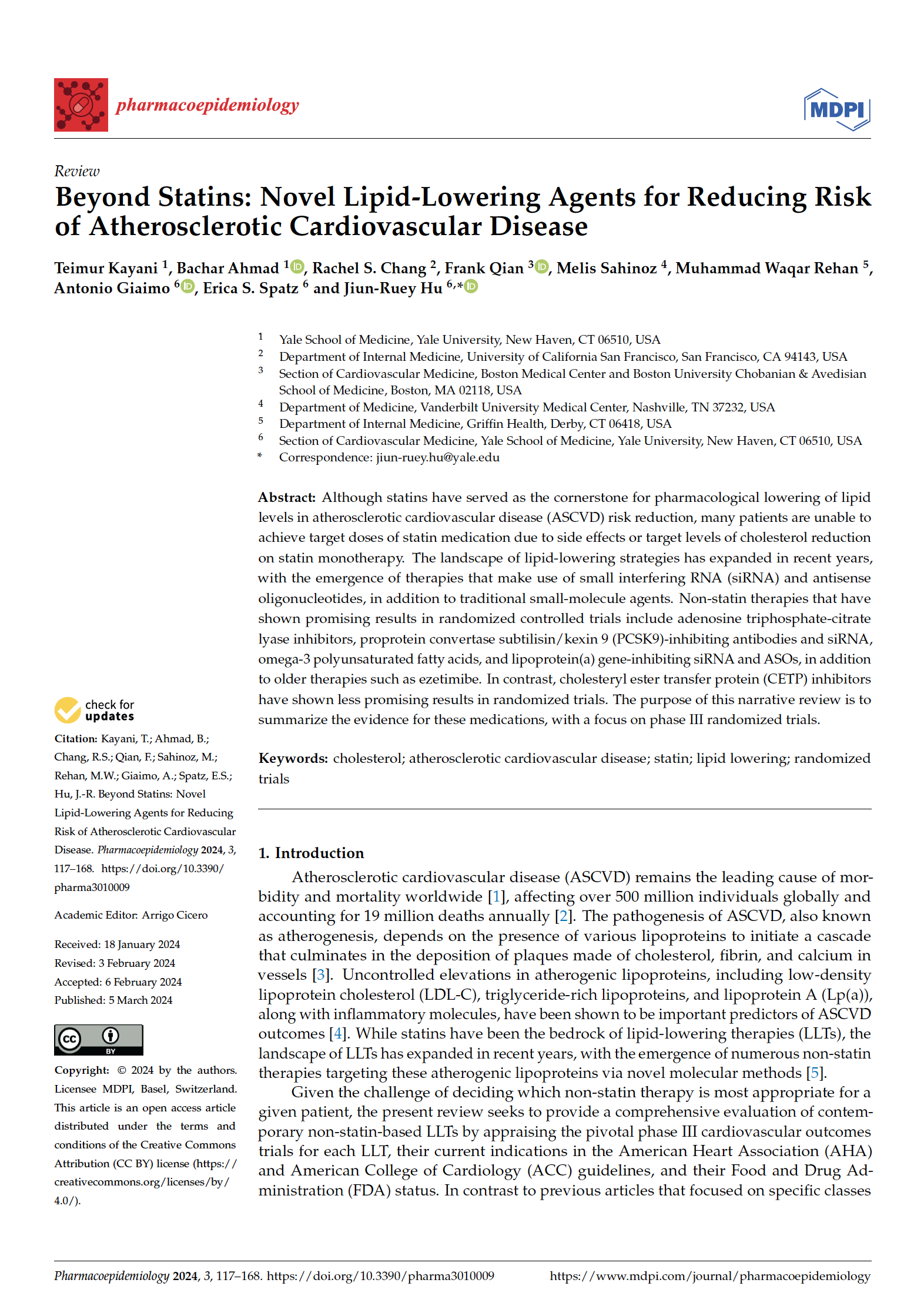📝 Abstract
Purpose of Review: The role of neuroimmune modulation and inflammation in cardiovascular disease has been historically underappreciated. Physiological connections between the heart and brain, termed the heart-brain axis (HBA), are bidirectional, occur through a complex network of autonomic nerves/hormones and cytokines, and play important roles in common disorders.
Recent Findings: At the molecular level, advances in the past two decades reveal complex crosstalk mediated by the sympathetic and parasympathetic nervous systems, the renin-angiotensin aldosterone and hypothalamus-pituitary axes, microRNA, and cytokines. Afferent pathways amplify proinflammatory signals via the hypothalamus and brainstem to the periphery, promoting neurogenic inflammation. At the organ level, while stress-mediated cardiomyopathy is the prototypical disorder of the HBA, cardiac dysfunction can result from a myriad of neurologic insults including stroke and spinal injury. Atrial fibrillation is not necessarily a causative factor for cardioembolic stroke, but a manifestation of an abnormal atrial substrate, which can lead to the development of stroke independent of AF.
Summary: Central and peripheral neurogenic proinflammatory factors have major roles in the HBA, manifesting as complex bi-directional relationships in common conditions such as stroke, arrhythmia, and cardiomyopathy.


